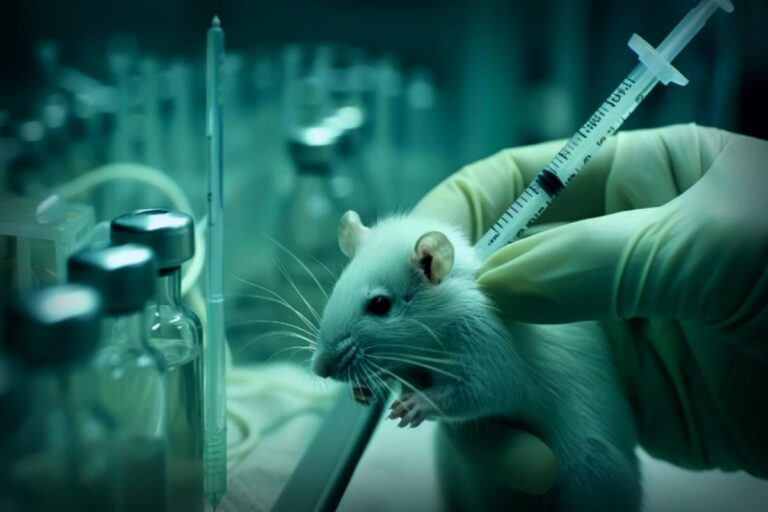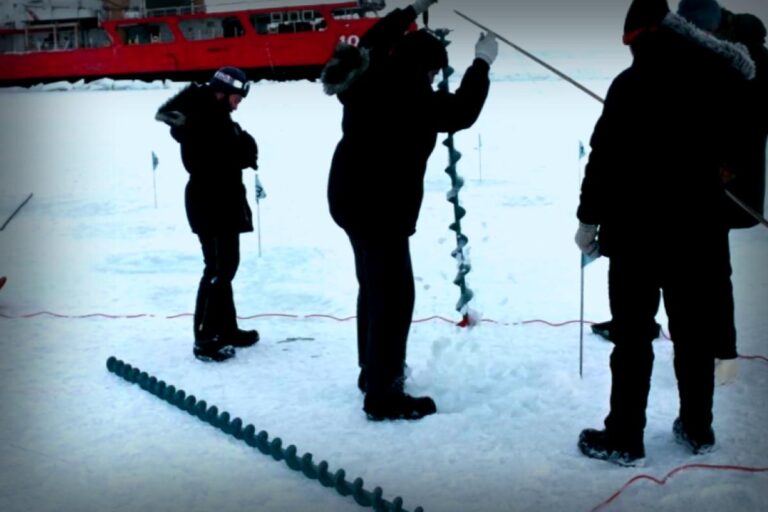Have you ever wondered how Antarctic sea spiders manage to thrive in bone-chilling temperatures? Interestingly, researchers are finding that one effective method to study these fascinating creatures is by extracting their insides through their legs!
Connie Phong, a biologist from Northeastern University, is keen on uncovering the peculiar life cycle of these huge marine arthropods, which boast long limbs akin to a small cat. Her aim? To find how these animals, adapted to a frigid habitat just above freezing, react to rising ocean temperatures—even the slightest change, like a tenth of a degree.
“How can life endure such extreme cold?” Phong poses. “And what happens when it warms up even a little?” She explains that creatures accustomed to a narrow temperature range, whether hot or cold, often struggle to adjust. By observing life at the peripheral limits of survival, we might glimpse the rich biodiversity on the verge of extinction as our planet warms up.
Gut bacteria can tell scientists a lot about an animal’s surroundings—their diet, and even the quality of water they inhabit, says Phong. Despite having small bodies and using a straw-like nose for eating, their legs can be quite long, sometimes expanding their physique to the size of a dinner plate!
In her recent research at the McMurdo Station, where the U.S. Antarctic Program operates, Phong has been examining the early developmental stages of sea spiders.
Interestingly, male spiders transport bundles of fertilized eggs on their backs before letting them go on the ocean floor. Life can progress extremely slowly at these frigid temperatures; for example, compared to a fertilized frog egg, which divides in about an hour and a half, or human eggs that take around 24 hours, Antarctic sea spiders take a whopping eight months for just one cell division!
“When things move at such a slow pace, there’s a chance they might get stuck on the way,” she comments. “But nature always figures out a way to keep pushing through, even when it seems sluggish.”
This past summer, while guiding an undergraduate lab course at the Oakland campus, Phong and her students dug into the organisms found in the spiders’ guts, housed within the segments of their legs.
Getting specimens isn’t easy—Phong had only a few legs from three different spider species which required careful preparation. They gingerly cracked open the legs with exoskeletons intact, ensuring the gut contents from the different sections remained uncontaminated.
“The insides look reminiscent of a banana peel!” exclaimed Alexandra Barnes, a sophomore taking Phong’s course. They utilized DNA cloning and electrical currents to process these gut samples for further analysis.
Through this work, the students successfully identified “cold shock proteins”—the molecules animals produce in response to freezing conditions. Analyzing these sequences provides insights into how spiders manage under colder environments and what their adaptations are as the waters get warmer.
“Since these spiders thrive in cold, we may uncover some unique aspects of these proteins,” added Mariella Fayad, a junior majoring in biology and political science. Developing these sequences can help scientists distinguish Antarctic sea spider proteins from those of other cold-adapted species.
Studying these distinctive spiders in freezing settings presents various challenges. Because they live in such cold habitats, their DNA is denser, complicating cloning efforts. Yet, Barnes and Fayad managed to achieve success on their first attempt!
“I’m really proud of their accomplishments,” Phong states. “This is some truly groundbreaking research.” She plans to share their findings at the upcoming Scientific Committee on Antarctic Research meeting in Oslo in 2026, where Fayad and Barnes will hopefully accompany her.
“This research is a continuous journey for me, but I’m thrilled to use it as a teaching opportunity,” she says. “It’s incredible for students to apply the skills they’ve learned from love in classes to real-world scientific inquiries!”
This article was initially published by Northeastern Global News news.northeastern.edu.
Provided by Northeastern University
This story was originally published on Phys.org.




















